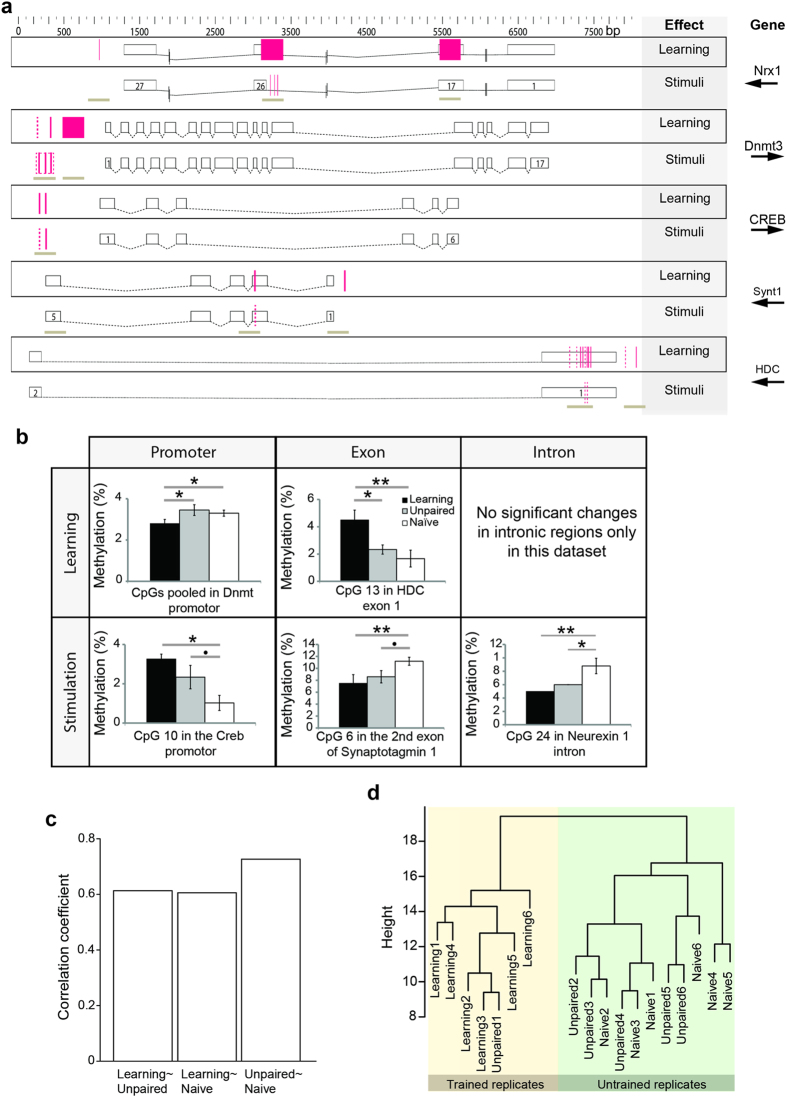Figure 4. Dnmts and Tet show temporally distinct expression patterns during memory formation.
Bees were trained and sacrificed 1, 3, 5 or 24 hours after training. Control bees were trained using an unpaired protocol. The relative expression rate (rER) of each gene was calculated by normalising to the housekeeping gene RPL32 and the unpaired control. (a) The expression patterns of Dnmt1b and Tet were most similar and form a distinct cluster from Dnmt3, Dnmt1a and Dnmt2 (agglomerative hierarchical clustering using Ward’s method and Euclidian distances as input). The heatmap shows the rER for each gene after normalisation. (b) Dnmt1b and Tet are both upregulated as early as 1 hour after training (Welch’s t-test p < 0.05), whereas Dnmt3 is upregulated at 5 hours after training (Welch’s t-test p < 0.05). Dnmt1a and Dnmt2 both do not show significant changes at any early time point. 24 hours after training Dnmt1a, Dnmt1b and Tet are downregulated (Welch’s t-test Dnmt1b p < 0.001, Dnmt1a and Tet p < 0.01, Dnmt2 p < 0.1). (c) There was no common pattern of temporal expression in genes sensitive to DNMT inhibition (shown in Fig. 2b,c). Actin e.g. was upregulated 1 hour after training and downregulated 24 hours after, whereas sesB did not show a significant change in expression. Presented are the mean (+/− SEM). ( = p < 0.1; * = p < 0.05; ** = p < 0.01; *** = p < 0.001) N = 4 (1 hour after training both groups); N = 3 (3, 5 and 24 hours after training both groups).

